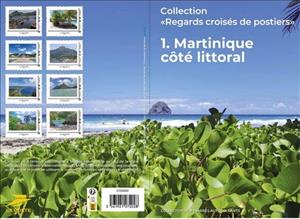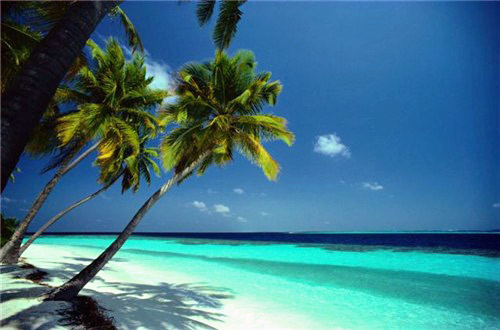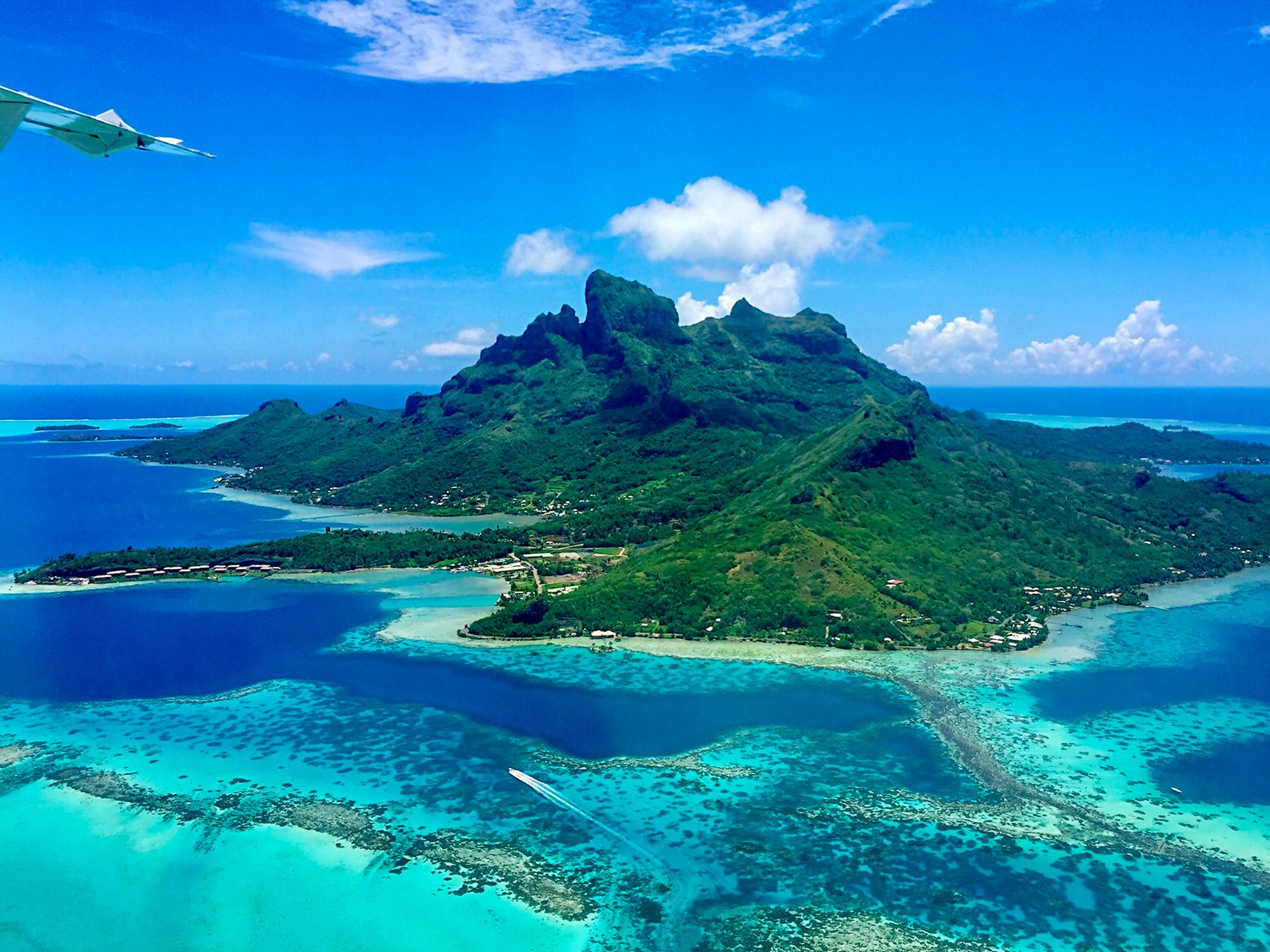Mini Sheet: Photos taken by Postmen. 1. Martinique Coastline (France 2025)
Photos taken by Postmen. 1. Martinique Coastline (France 2025)
07 January (France ) within release Collector : Photos taken by Postmen. 1. Martinique Coastline goes into circulation Mini Sheet Photos taken by Postmen. 1. Martinique Coastline face value 8*Lettre No Face Value
| Mini Sheet Photos taken by Postmen. 1. Martinique Coastline in catalogues | |
|---|---|
| Colnect codes: | Col: FR-COLL 2025-02 |
Mini Sheet is horizontal format.
Price 14€Also in the issue Collector : Photos taken by Postmen. 1. Martinique Coastline:
- Stamp - Bay, Mountain / Baie de Saint Pierre et Montagne Pelee face value Lettre;
- Stamp - Beach / Plage du Diamant vue du Morne Larcher face value Lettre;
- Stamp - Cove / Anse à l'Ane (Trois Ilets) face value Lettre;
- Stamp - Cove / Anse Dufour (Anse d'Arlet) face value Lettre;
- Stamp - Cove / Petit Anse (Anse d'Arlet) face value Lettre;
- Stamp - Cove / Trou Cochon (Vauclin) face value Lettre;
- Stamp - Mountain / Morne Larcher face value Lettre;
- Mini Sheet - Photos taken by Postmen. 1. Martinique Coastline face value 8*Lettre;
- Stamp - Village / Bourg des Anses d'Arlet face value Lettre;
Mini Sheet Photos taken by Postmen. 1. Martinique Coastline it reflects the thematic directions:
A beach is a landform alongside a body of water which consists of loose particles. The particles composing a beach are typically made from rock, such as sand, gravel, shingle, pebbles, etc., or biological sources, such as mollusc shells or coralline algae. Sediments settle in different densities and structures, depending on the local wave action and weather, creating different textures, colors and gradients or layers of material.
Coastal areas are local administrative units (LAUs) that are bordering or close to a coastline. A coastline is defined as the line where land and water surfaces meet (border each other).
An island or isle is a piece of land, distinct from a continent, completely surrounded by water. There are continental islands, which were formed by being split from a continent by plate tectonics, and oceanic islands, which have never been part of a continent. Oceanic islands can be formed from volcanic activity, grow into atolls from coral reefs, and form from sediment along shorelines, creating barrier islands. River islands can also form from sediment and debris in rivers. Artificial islands are those made by humans, including small rocky outcroppings built out of lagoons and large-scale land reclamation projects used for development.
A landscape is the visible features of an area of land, its landforms and how they integrate with natural or man-made features. A landscape includes the physical elements of geophysically defined landforms such as (ice-capped) mountains, hills, water bodies such as rivers, lakes, ponds and the sea, living elements of land cover including indigenous vegetation, human elements including different forms of land use, buildings and structures, and transitory elements such as lighting and weather conditions. Combining both their physical origins and the cultural overlay of human presence, often created over millennia, landscapes reflect a living synthesis of people and place that is vital to local and national identity. The character of a landscape helps define the self-image of the people who inhabit it and a sense of place that differentiates one region from other regions. It is the dynamic backdrop to people’s lives. Landscape can be as varied as farmland, a landscape park, or wilderness. The earth has a vast range of landscapes, including the icy landscapes of polar regions, mountainous landscapes, vast arid desert landscapes, islands and coastal landscapes, densely forested or wooded landscapes including past boreal forests and tropical rainforests, and agricultural landscapes of temperate and tropical regions.




